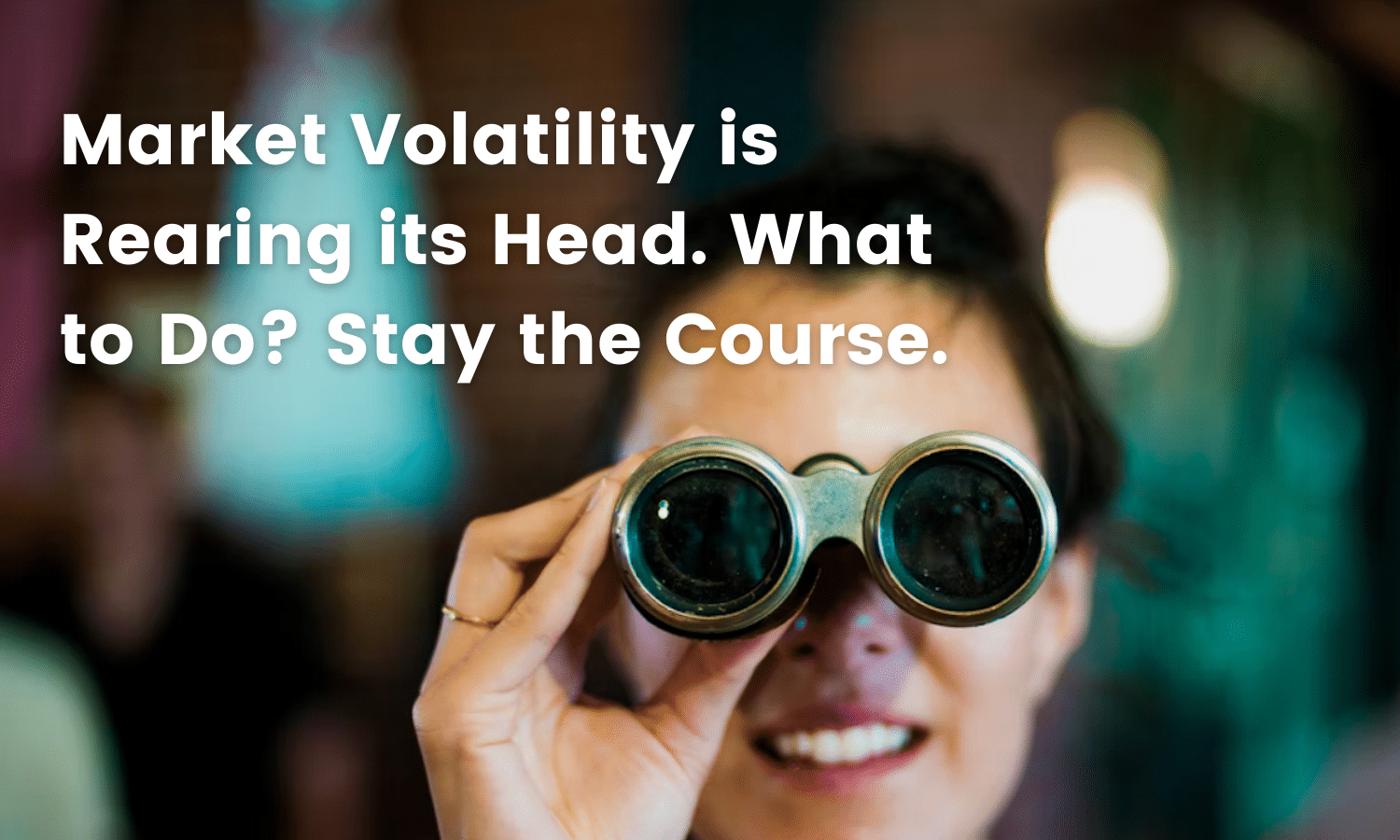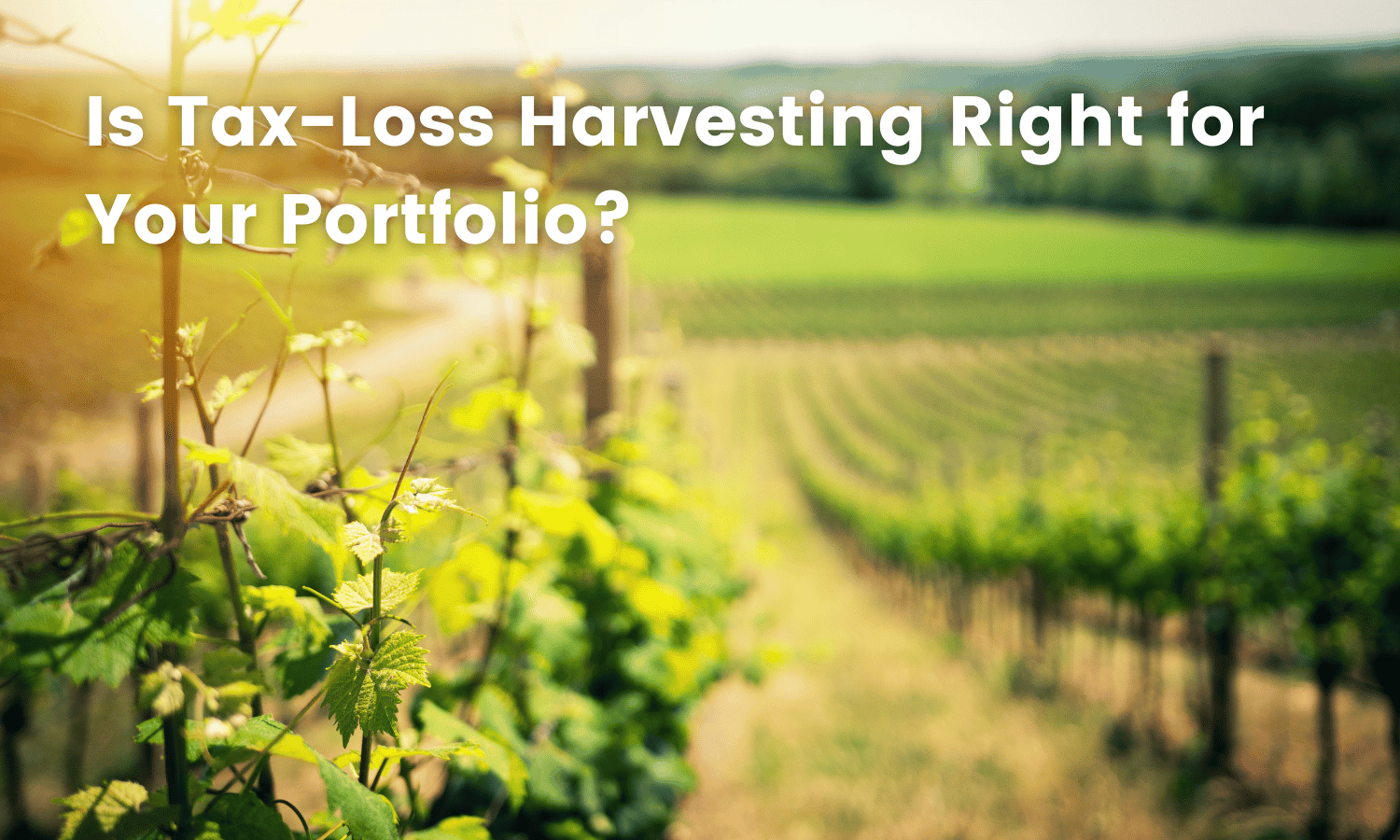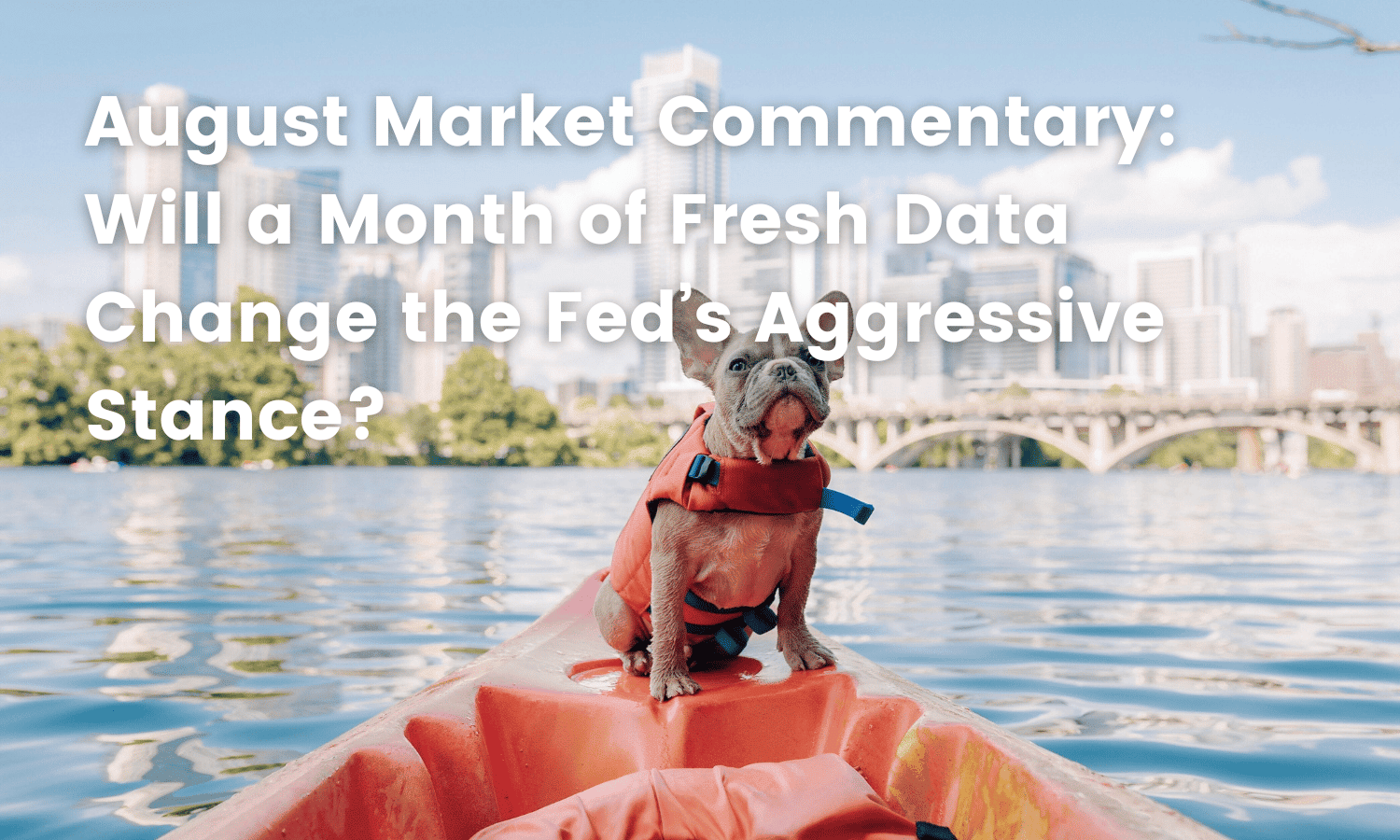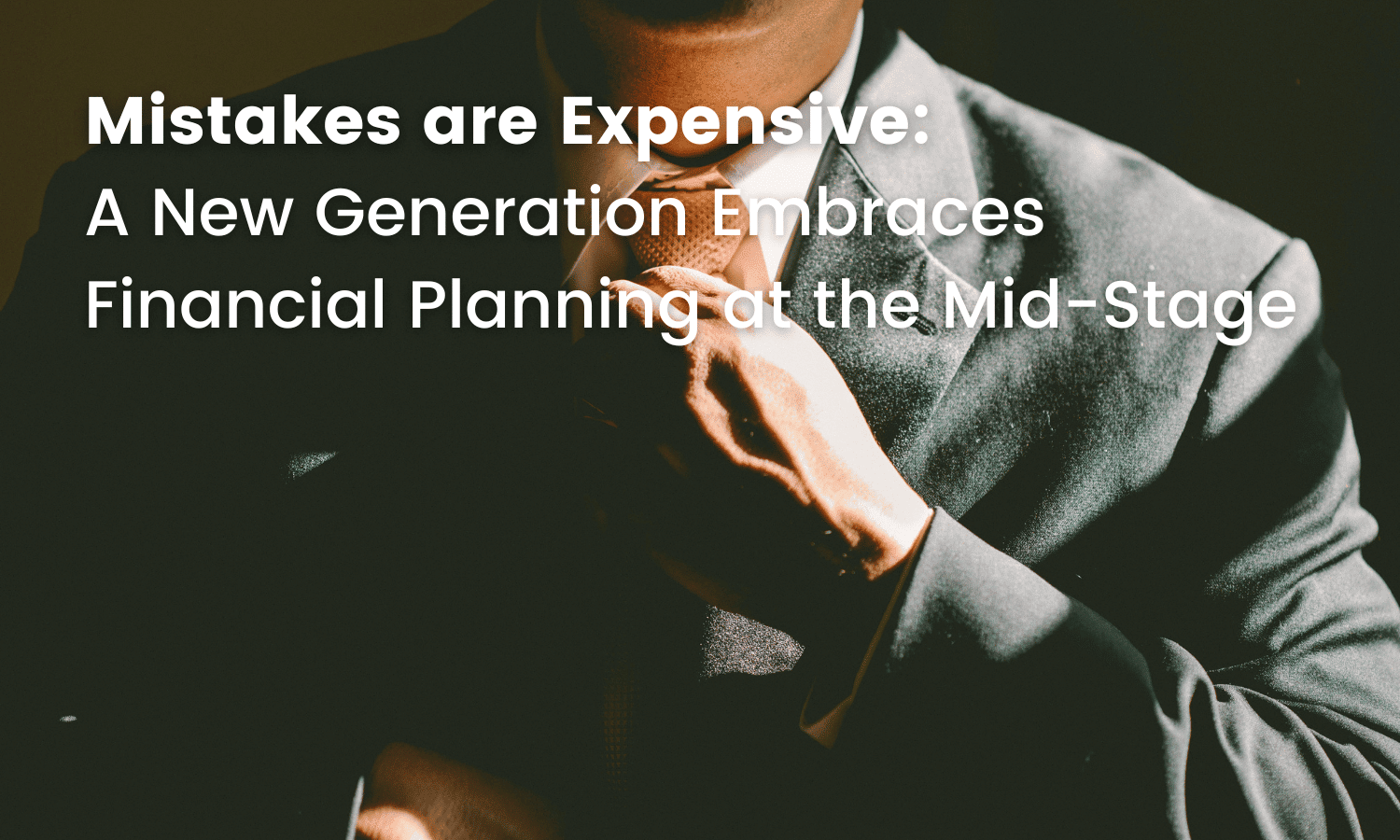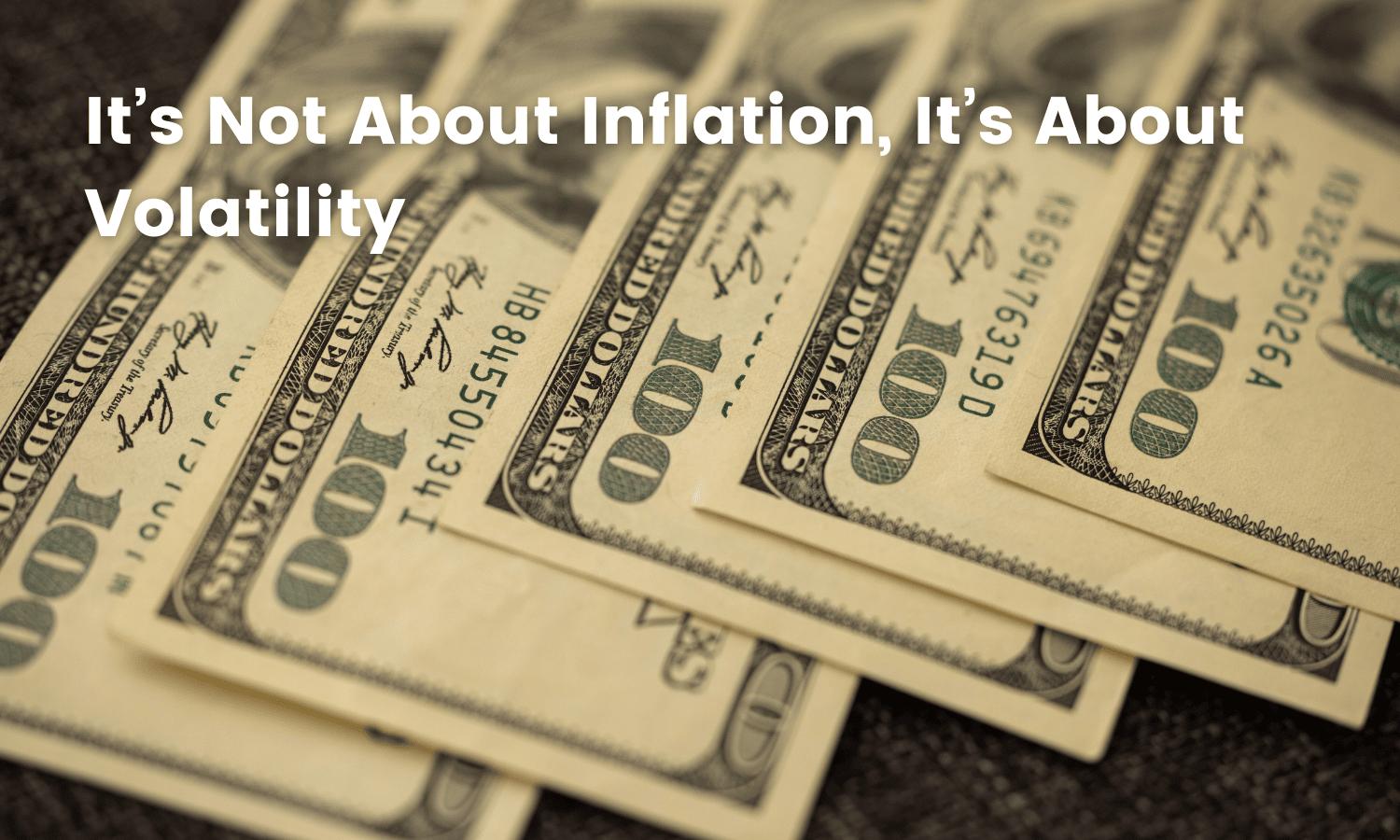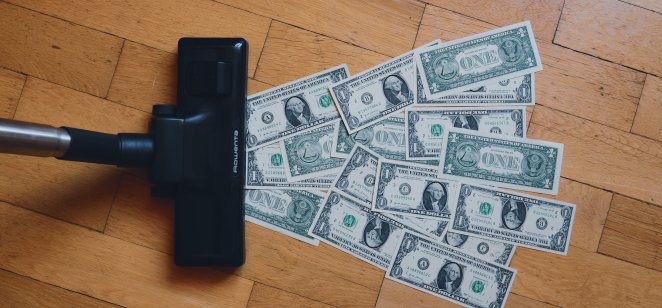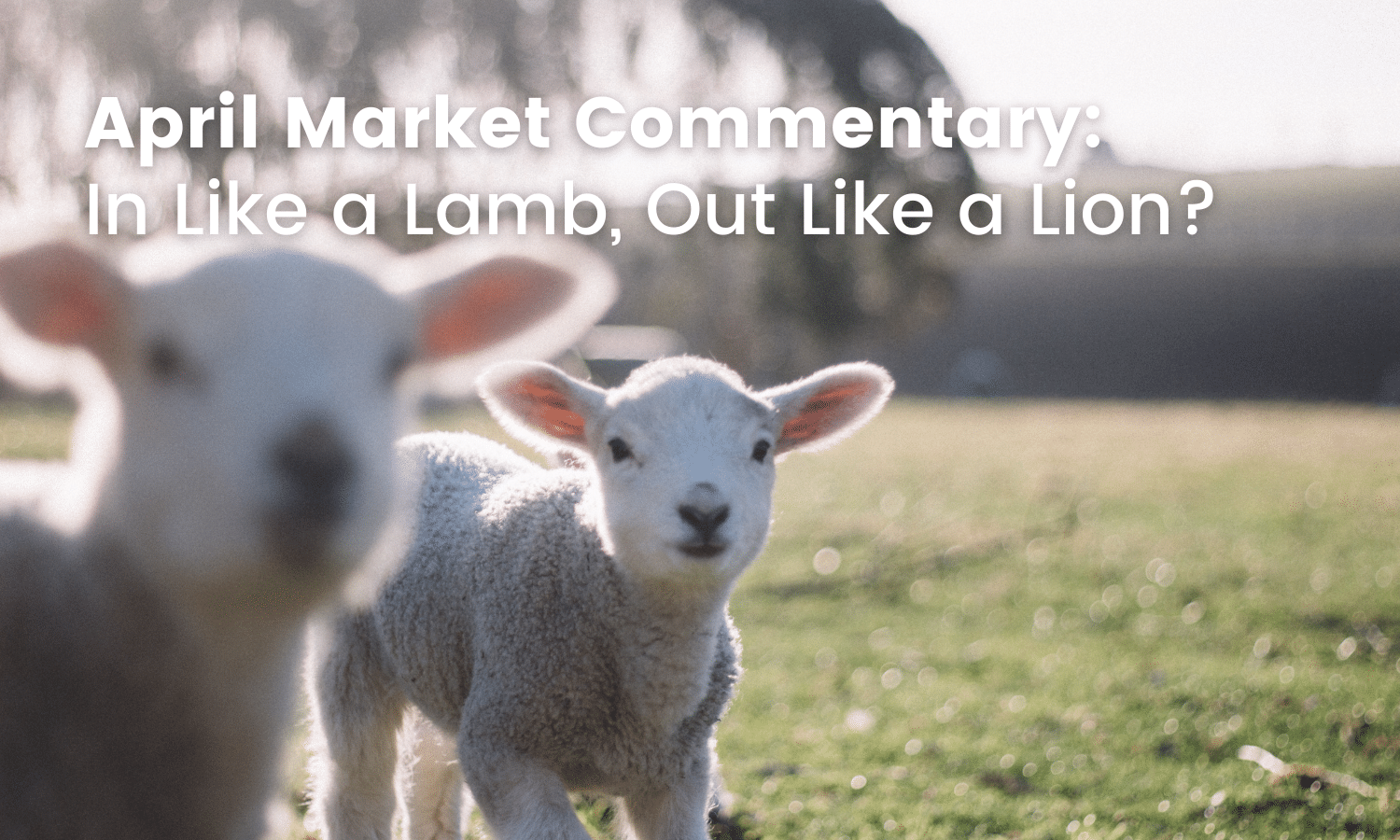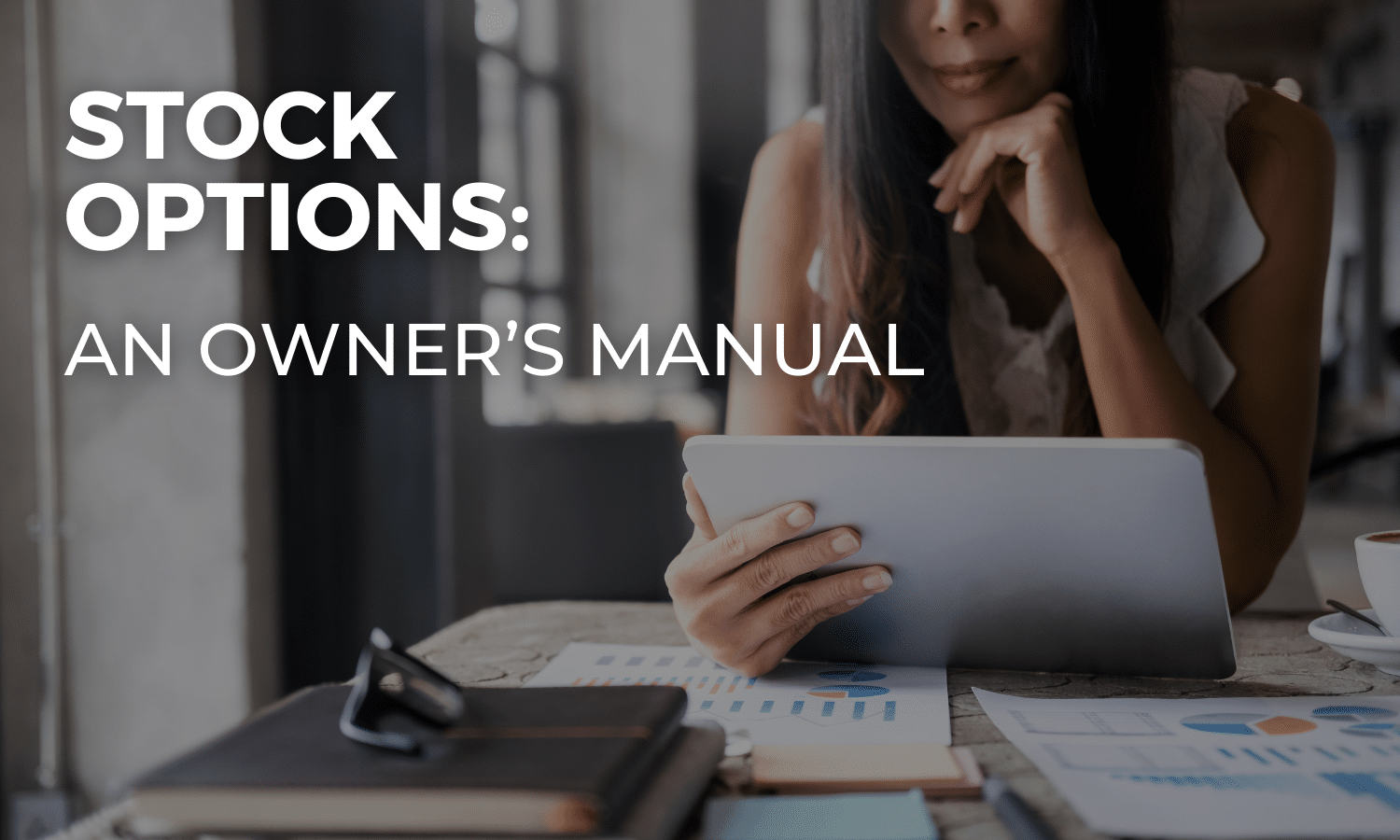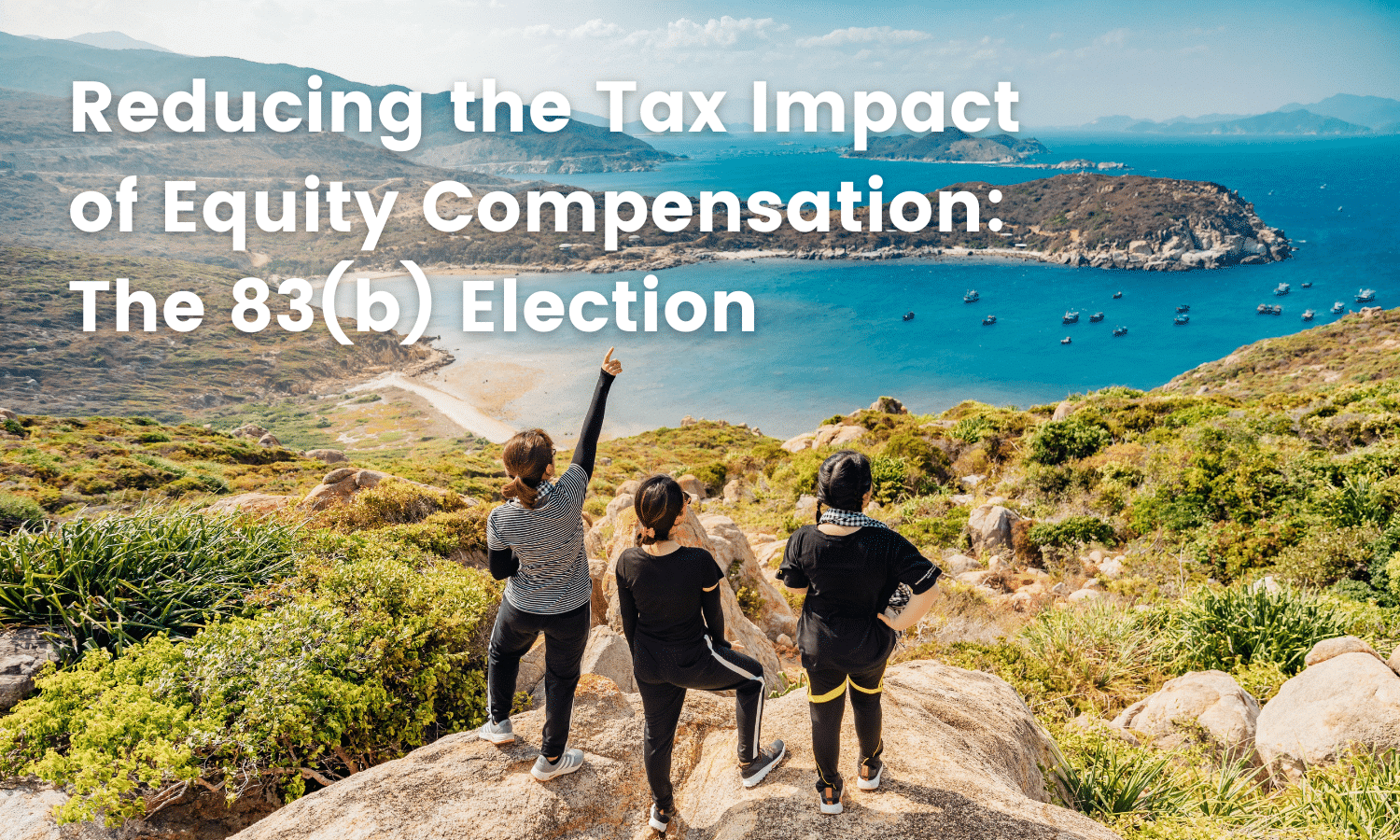Market Volatility is Rearing its Head. What to do? Stay the Course
It’s no secret that the past two years have been an interesting time to be investing in the market. It’s also no secret that the past 12 years have been Among the best years for investors to be consistently in the markets.
The S&P 500 hit a bottom on March 9, 2009, at the depth of the global financial crisis. In the ten years following, the index returned 394.2%.1 The recovery from the initial stages of the pandemic has been much quicker.
While the market is notching records, volatility is increasing. The pandemic is ongoing, supply chains remain disrupted, and labor shortages are persistent. As the Fed attempts to control inflation with a series of interest rate increases, volatility will likely be on tap as market participants get used to a new monetary policy regime.
So, what do you do as an investor in times like this? We cover three items to check off your list.
1. Stay the Course
There are a few things to remember when it comes to market dips.
Consider these three data points2
- For over 100 years, stocks have roughly doubled every eight years
- A dollar invested 50 years ago in the S&P 500 is worth well over $100 today
- There is no five-year period where the S&P did not register a positive return
And, if you’re a visual learner – the chart below presents the course of the market from 1982 to 2020 but removes the drops. You’ll see that progress has been made.
Stock Market Visual Comparison, With and Without Market Drops
Source: S&P 500 Index.
The lesson? If you’re a long-term investor, your goals aren’t about today, tomorrow, or next month – they’re about the next decade or the next 20 years.
Patience pays when it comes to investing.
2. Beef Up Your Emergency Fund
While it remains to be seen where the market goes in the long-term, when it comes to being a prepared and responsible investor, there’s nothing better than knowing you have your emergency fund ready to go if needed.
If you have an emergency fund, but your income and expenses have gone up, it may be time to revisit your balance and make sure it will still cover you. The goal of holding a cash reserve is to keep your lifestyle reasonably intact while you regroup, if you were to be out of work. A good rule of thumb? 3-6 months’ worth of total expenses.
Whether you’re adding a large one-time lump sum or creating an intentional budget to get your emergency savings built up, the key here is action and automation. Set up a system that takes you out of it, so you’re auto-depositing in your emergency account.
No emergency savings? Don’t wait for a rainy day. The sooner the better.
3. Review Your Financial Plan Through a Cash-Flow Planning Lens
The best way to ensure you’re on track? Take a step back to take a step forward. Zooming out on your financial plan, your goals, your money habits, and what you’re invested in can serve as an excellent gut-check. Revisit your cash flow planning by starting with your budget and then mapping it to your goals.
Whether it’s through rebalancing, discussing moves to make with your financial advisor, or just reiterating that your plan is sound to create emotional certainty in volatile times, proactive long-term planning is a critical piece of a plan.
A few questions to ask yourself as you’re assessing:
- Am I saving for the right goals?
- Do I have the right plan to accomplish these goals?
- Am I missing out on opportunities to do more, whether it’s tax planning, my investment strategy, or increasing my savings?
- Am I educated enough on what’s happening in the market and how it impacts my plan?
Financial advisors are well-equipped to provide advice in many areas of personal finance, ranging from the basics of investing to tax planning and cash flow management.
Bottom Line
It can be unnerving when it comes to market volatility, but with the right plan and proper guidance, you can navigate it seamlessly without losing sleep. As Warren Buffet says, “Stay the course.”
1. Source: SPDR S&P 500 ETF Trust (NYSE: SPY)
2. Source: marketwatch.com. Warren Buffett’s Advice for a Volatile Market: Patience Pays. January 26, 2022.

